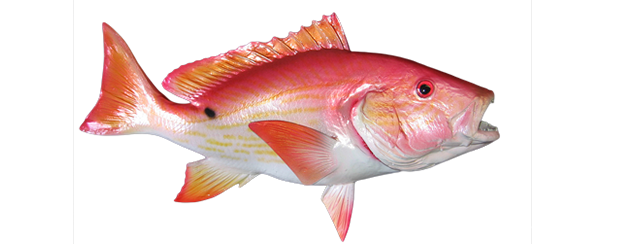Snapper, Lane

View Regulations

Scientific Name
Lutjanus synagris


Common Names
Spot snapper, Candy snapper, Biajaiba


Description
Lane Snappers are characterized by the pink and yellow stripes appearing on their sides. In addition to these stripes they can occasionally have a darker green coloration within the stripes. Some of their fins may be yellow and or a red hue, while the tail is generally dark grey to black. Lane Snappers also usually, but not necessarily, have a black splotch near the rear dorsal fin. The spot and the anchor shape the teeth take on in the mouth can be used to distinguish Lane Snappers from other related Snappers.


Habitat & Behaviour
Lane Snappers can be found in shallow warm waters. Generally these Snappers can be found in all types of bottom conditions but they favor those with structures like reefs. They can often be found in schools especially during spawning time.


Natural Prey
Lane Snappers are predators of convenience and as such during nighttime hunts will take a range of small fish on the bottom as well as invertebrates such as cephalopods and even crustaceans.


Handling Tips
Reef fish like the Snapper require anglers to use dehooking tools and venting tools to safely release the fish. When releasing keep in water, remove hook with pliers or dehooker and vent accordingly if you brought it up from a deep depth. Don’t put fingers in mouth, grab behind head or underneath. Don’t grab by gills – grab underneath on the belly. Try not to damage the fish – don’t recommend grabbing by eyes. If harvesting, gaff larger ones around head. Meat very sought after so don’t gaff there.

- Lucky Tackle Box
- Billfish Bounty in the Heart of the Mayan World – Guatemala
- The Best Species of Shark to Catch
- How to Catch a Shark: what equipment do you need?
- The Best Winter Fishing Spots in Texas






